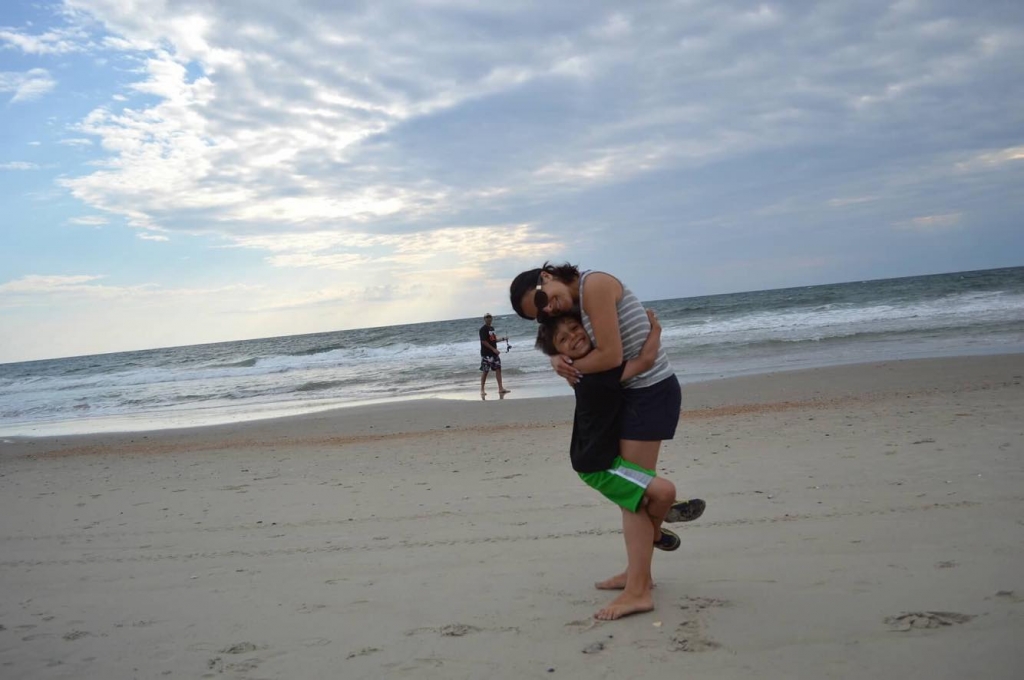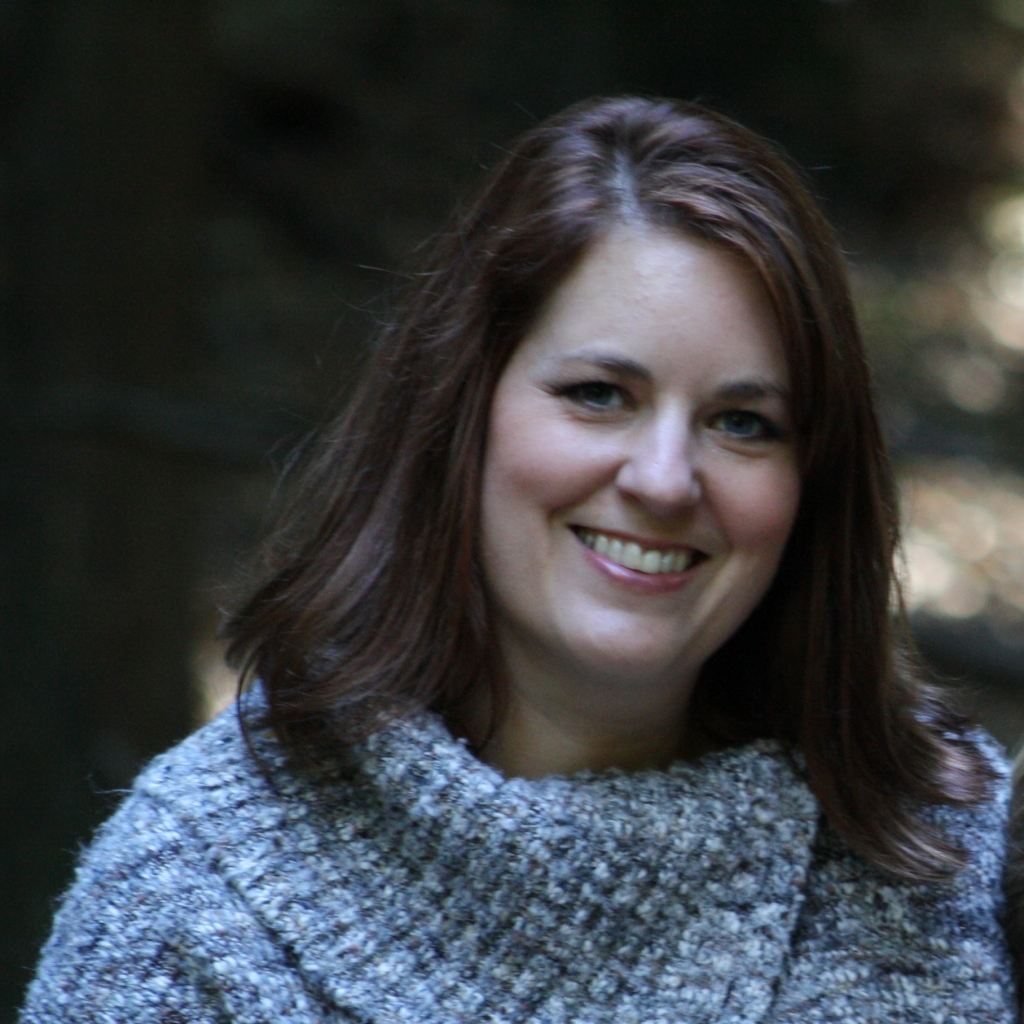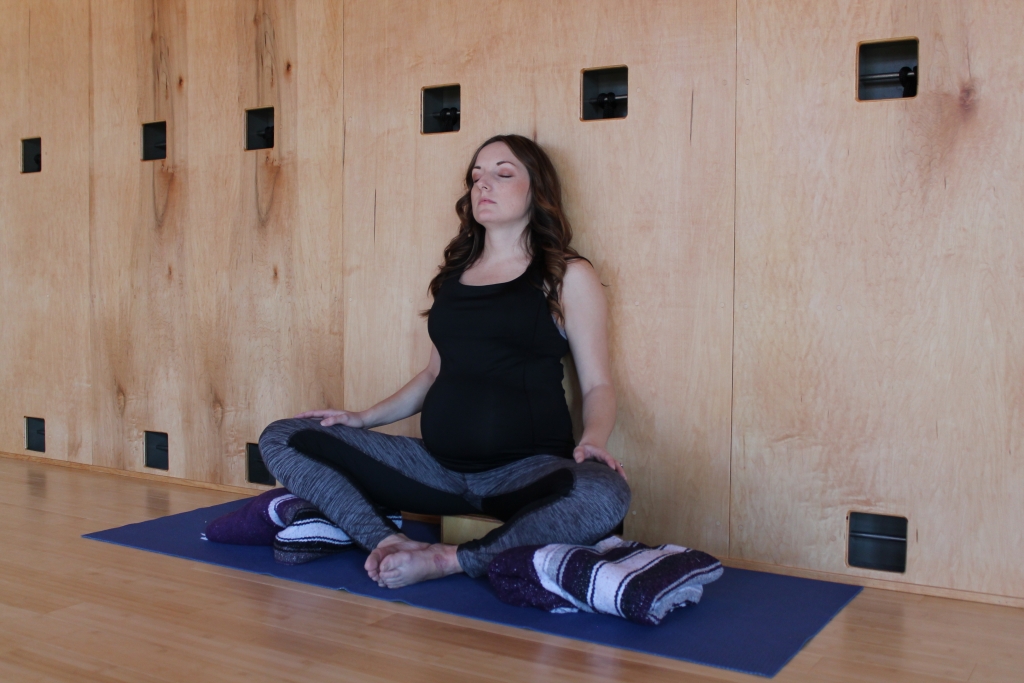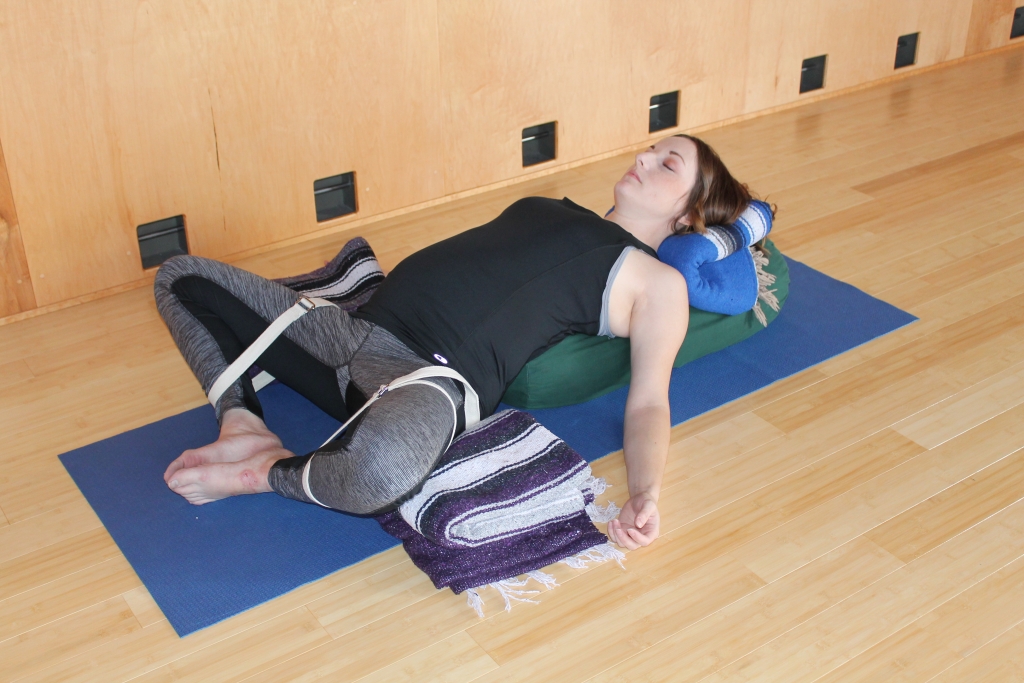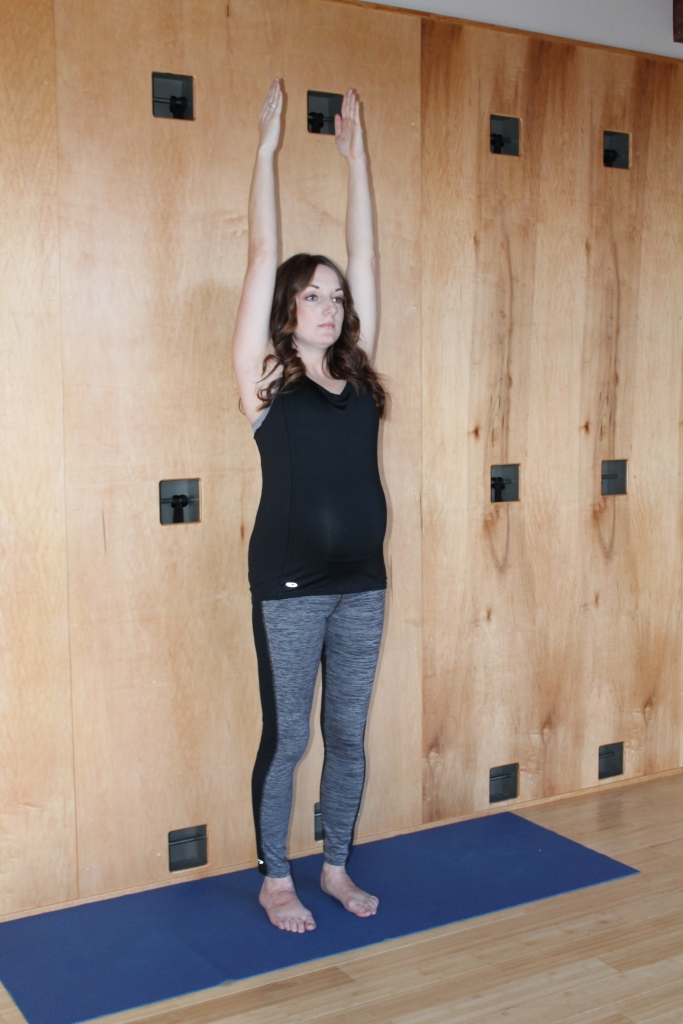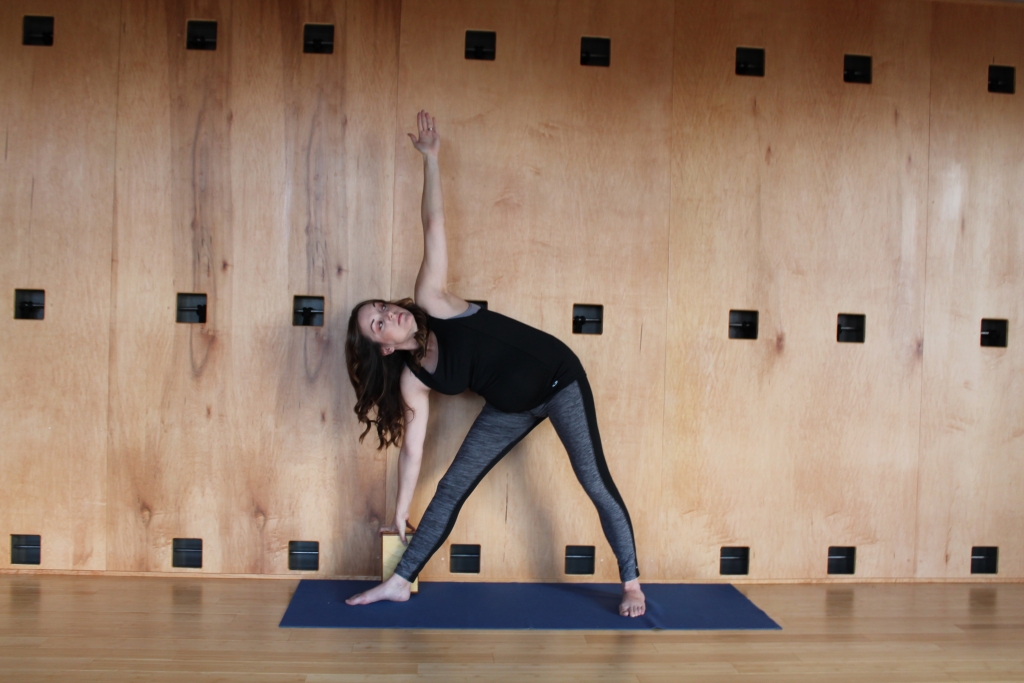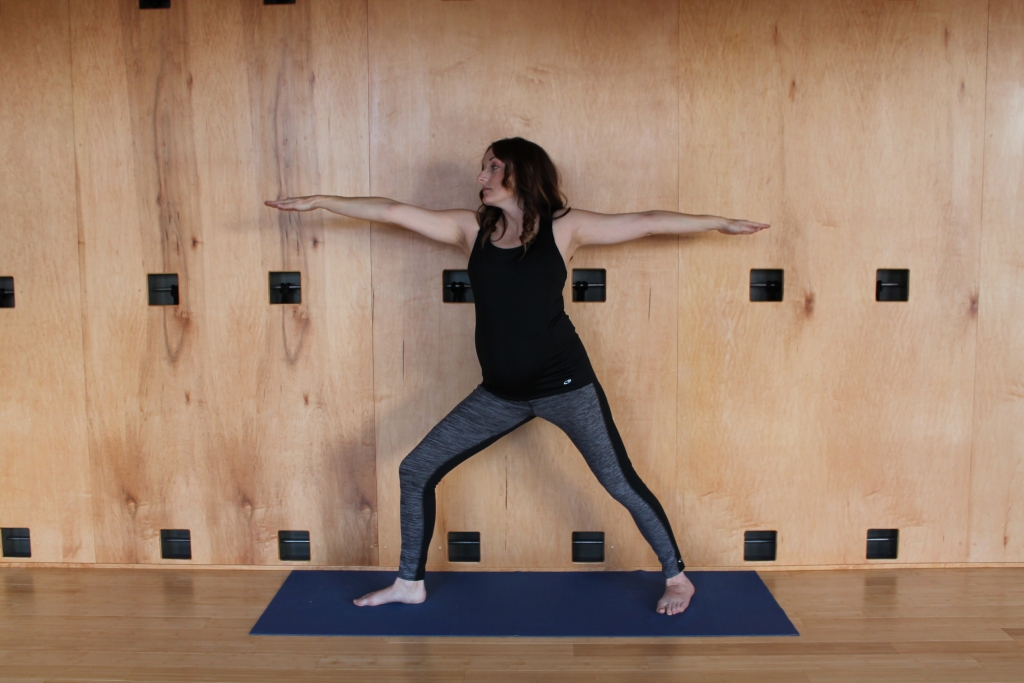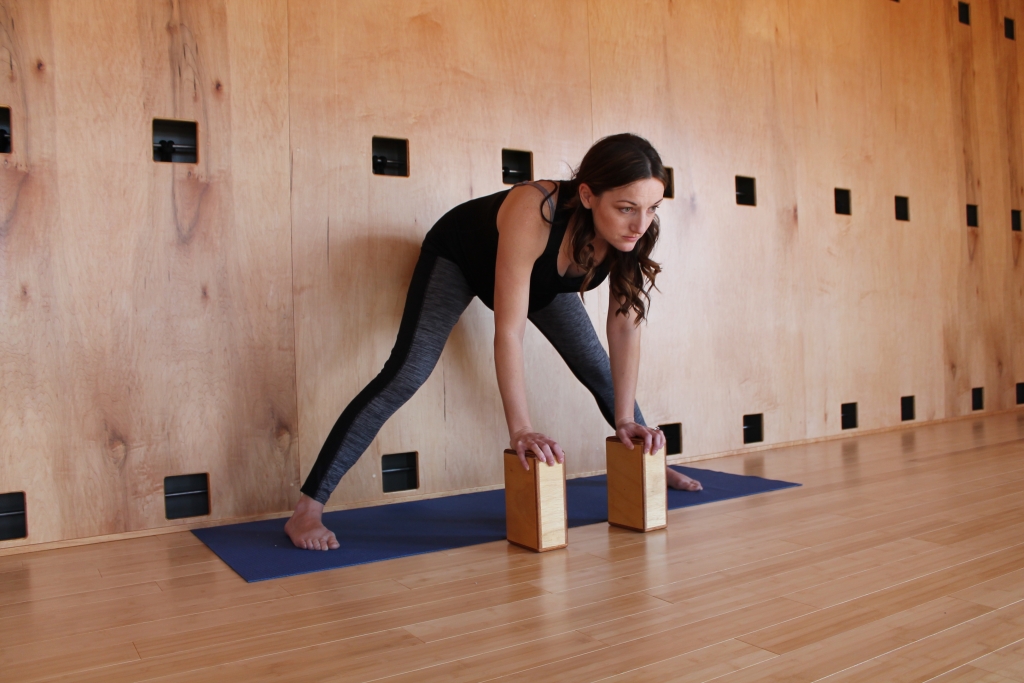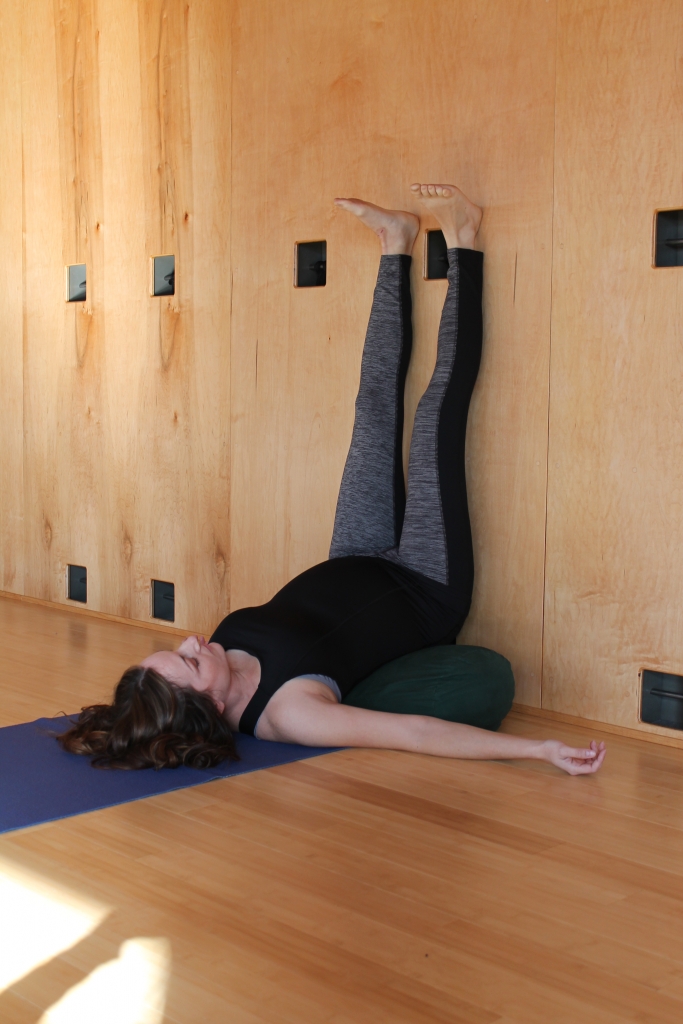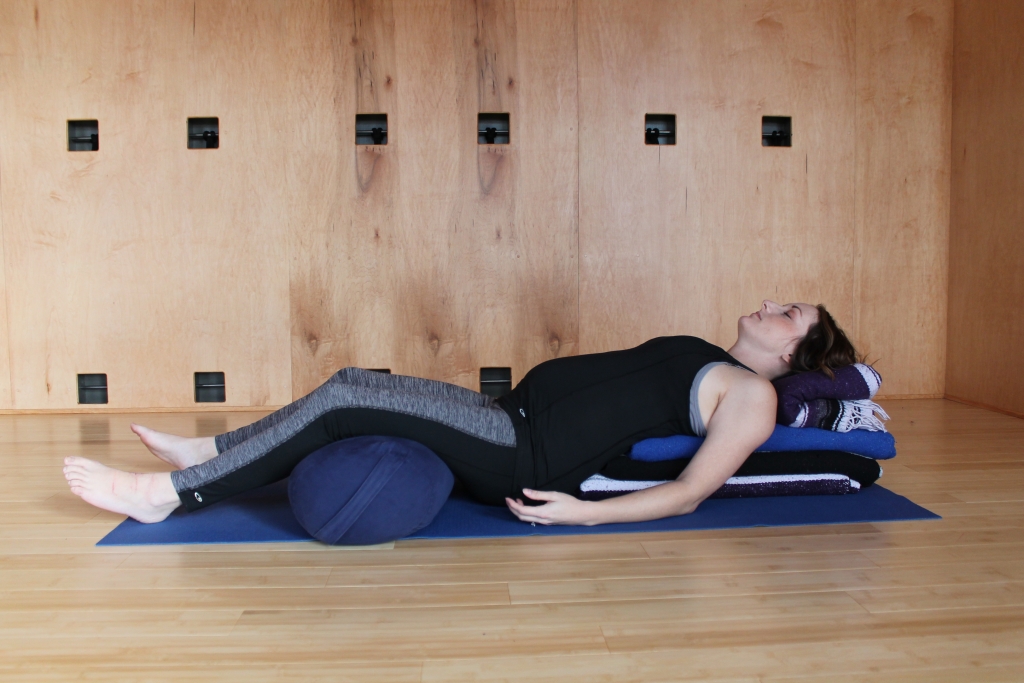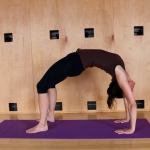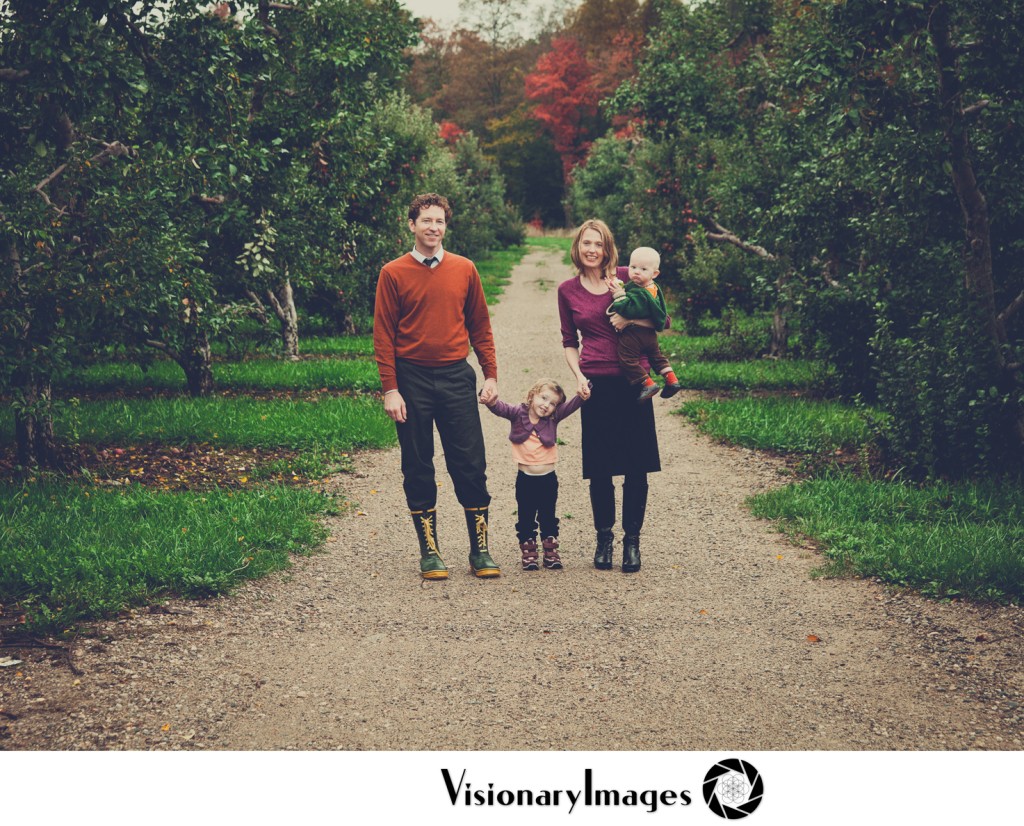Riding the Waves
Gold Coast Doulas is excited to feature a guest blog from Lauren Rauseo. Lauren is mom to Dylan, Liv and Fiona. She works part-time as a graphic designer is working to become a postpartum doula as well. Her favorite things are coffee, manicures, wine, yoga, and family dance parties in her living room. Now that she’s done birthing her own brood, she has moved on to sharing her enthusiasm for natural birth with others through her book, Natural Birth for the Mainstream Mama: A practical guide to achieving a drug-free birth in a hospital setting. You can follow Lauren at www.facebook.com/MainstreamMama.
Last summer my family went to the beach on vacation. As I jumped the small waves with my 6-year-old, he held onto me with a surprisingly tight Kung Fu grip. This was the first summer he wasn’t completely terrified of the ocean, so despite him being nervous about waves that were only up to our ankles, we had made great progress.
Holding his little hand, I remembered being a small child myself, about his age, when my dad took me into the ocean. He carried me out beyond the breaking point, where the water was calm and manageable, and I could ride the waves like a smooth and steady roller coaster.
After a few minutes, I was ready to return to the sand and I began to swim toward the shore. I approached the location of safety, where I’d be past the massive arches of water and be able to easily walk the last few feet of wet sand to the beach blanket where my mother sat reading her book. Just then, a wave came crashing down on me. Startled but not yet defeated, I got my balance and stood up just in time for the next big wave to knock me down again. I became stuck in this cycle of attempting to fight a force much bigger than my small body, only to be repeatedly overcome by it.
Eventually, my dad saw me in distress and came to what I’ll loosely call “my rescue”: he picked me up around my waist and urgently threw me toward the shore. I rolled through the next big crash under the salty water while loads of sand traveled under my bathing suit. I made it to the warmth of my mom wrapping me up in a towel physically intact, but not emotionally unscathed.
What I didn’t know that summer was that in order to rival an opponent like the ocean, I needed to work with the force, not against it.
The waves in birth.
When you’re in the throes of active labor, your contractions work a lot like those waves at the beach. When they’re strong, they come with power and intensity, and they can easily knock you down. When each one is over, you barely have time to brush yourself off, take a deep breath, and prepare yourself for the next one before that one consumes you, too. Live through this cycle for a couple of hours, and you will likely feel tired, overwhelmed, and ready to give up. You may long for someone to rescue you, like my dad saved me when he propelled my body ashore.
But you may not realize the same piece of information I was missing on my childhood vacation. When you’re dealing with a force as intense as a baby moving out of your body, you need to work with the waves, not against them.
What does this mean exactly in birth? Stop fighting your body. You can’t just wish these waves away. You must work with them. Move with them. Change positions. Breathe deeply. Make noise. Moaning noises. Deep moaning noises. Watch yourself in a mirror. Change positions again. Walk around. Lean into the sensation. Have a snack. Have a laugh. Have someone rub your back or put pressure on your hips. Let go of your fears. Let go of your expectations. Let go of the tension in your body. Just let go. Look deeply into your partner’s eyes. Look deeply inside yourself to find your inner strength. Look ahead to your future, holding your beautiful baby. Believe in yourself. Ride each wave with confidence. YOU CAN DO HARD THINGS. You can do THIS. You only have to ride one wave at a time.
We can all get through anything if we take it just one hard thing at a time.
My son and I stayed in the kiddie end of the ocean that whole week last July. But I gifted him with important information I had not been so lucky to get. “If you ever find yourself up against a big wave, just face it head on, and dive right into it,” I told him.
As with birth and most other hard things in life, it is the only way to come out the other side.
Gold Coast Doulas is a participant in the Amazon Services LLC Associates Program, an affiliate advertising program designed to provide a means for sites to earn advertising fees by advertising and linking to Amazon.com


